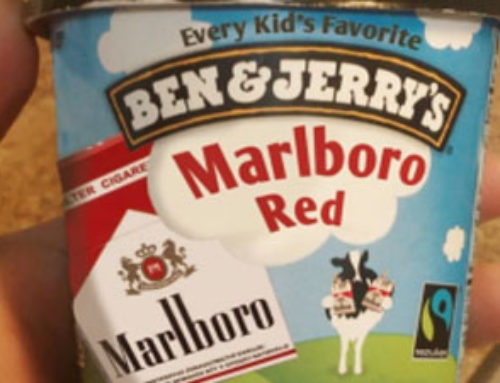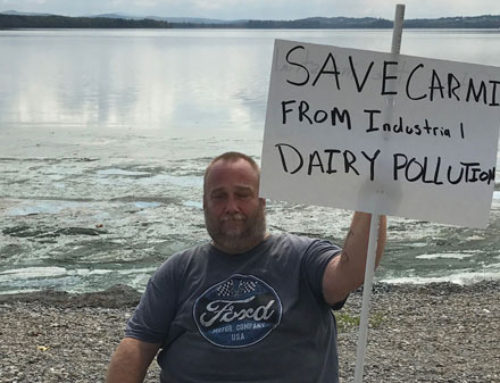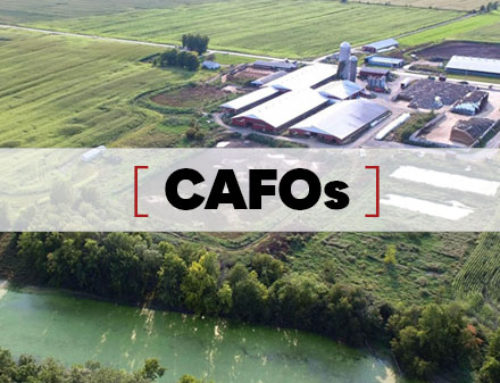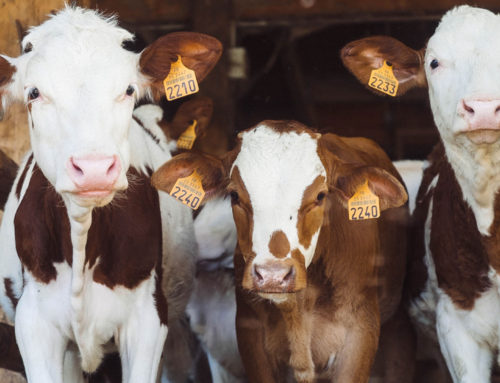Last month, Regeneration Vermont called on our supporters to show up and sound off at a public hearing held by the Clean Water Board (CWB). The CWB was seeking input on its spending priorities for water cleanup funds, estimated to be just over $30 million in the next annual budget.
And show up, you did. With short notice and on a summer weekday, the hearing room was filled with people from all over the state, particularly the “crisis” regions of Lake Carmi, St. Albans Bay, and Button Bay. The message was clear and overwhelming: Clean water efforts must begin with addressing the primary cause of the pollution — the state’s large CAFO dairies — and must include plans to transition these dairies to regenerative organic practices or other forms of agriculture that, first and foremost, do no environmental harm.
“Turn off the dairy-pollution spigot!” was the clarion call from speaker after speaker who rose to address the CWB, pointing out that a continued failure to address the cause was akin to throwing money away.
State Auditor Doug Hoffer recently published a study on the state’s clean water spending and found that “95% of all state clean water expenditures did not yield any measurable results.” Why? Because the state is not focused on the primary causes, which Hoffer found to be dairy farm pollution – 54% statewide and nearly 70% in the dairy-dominated counties of Franklin and Addison.
The sentiment from the public hearing room was nearly unanimous: Do something about the current dairy model – cheap, commodity milk! And the message was received, as evidenced by what Emily Bird, Program Manager of the Clean Water Initiative, told WCAX:
“We heard quite a bit of comment today about the need to rethink the agricultural model. So once the board has a chance to review all of that input, they will be able to discuss how to best adjust the budget to support the public input.”
Mission accomplished! At least in delivering the message. Now it’s time to keep the pressure on and make sure the tens of millions of dollars allocated for cleaning up Vermont’s waterways doesn’t continue to be squandered while the causes of the pollution continue.




